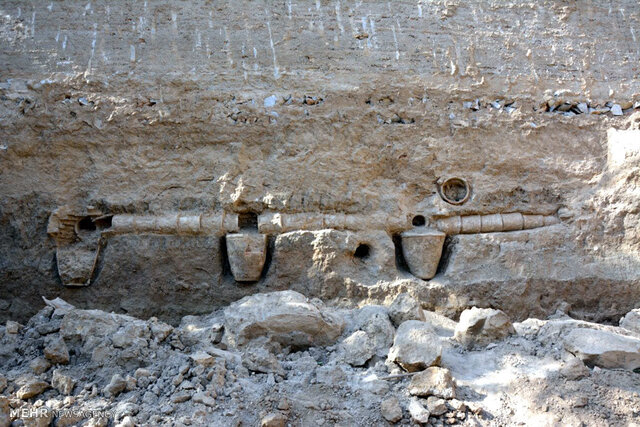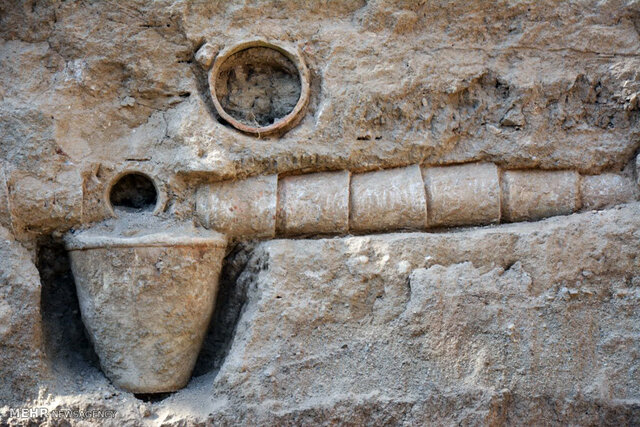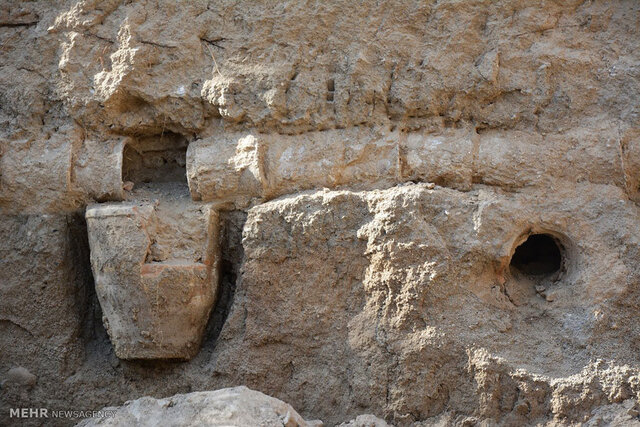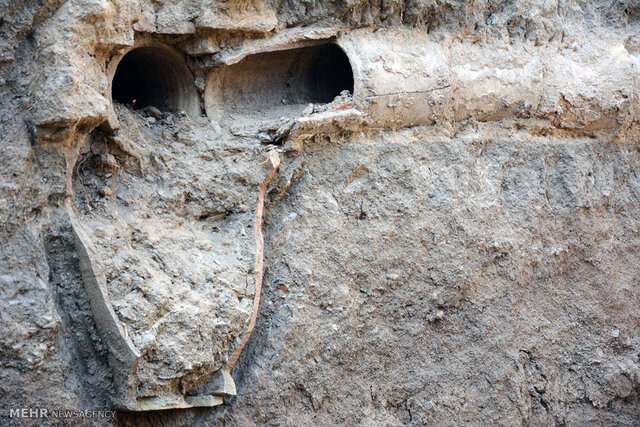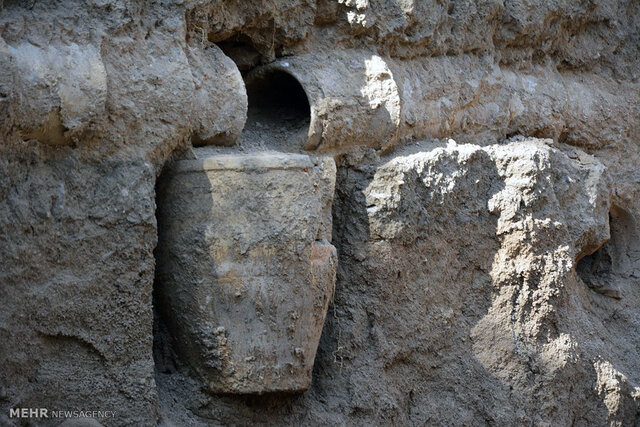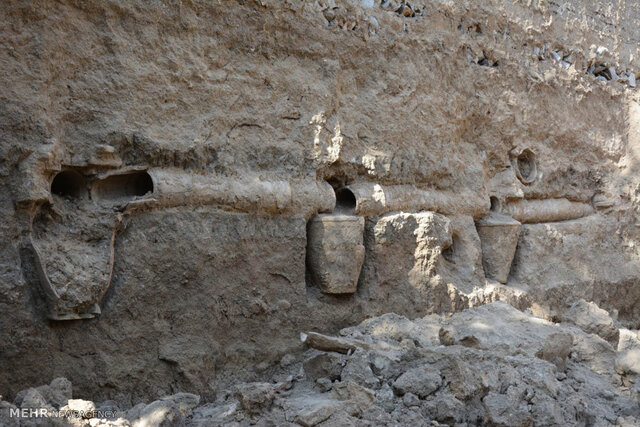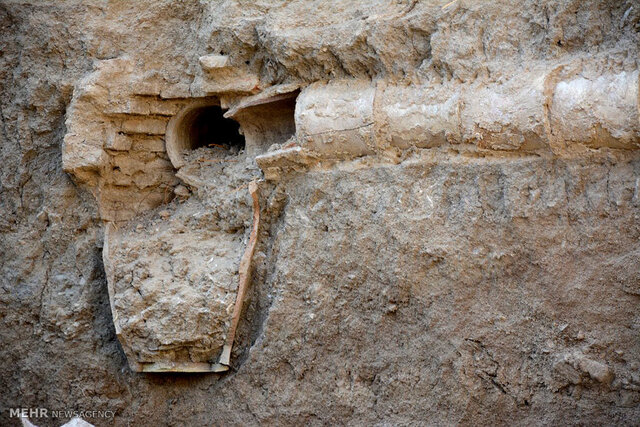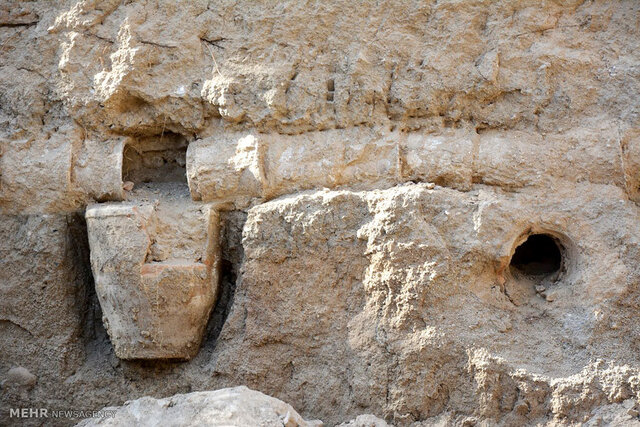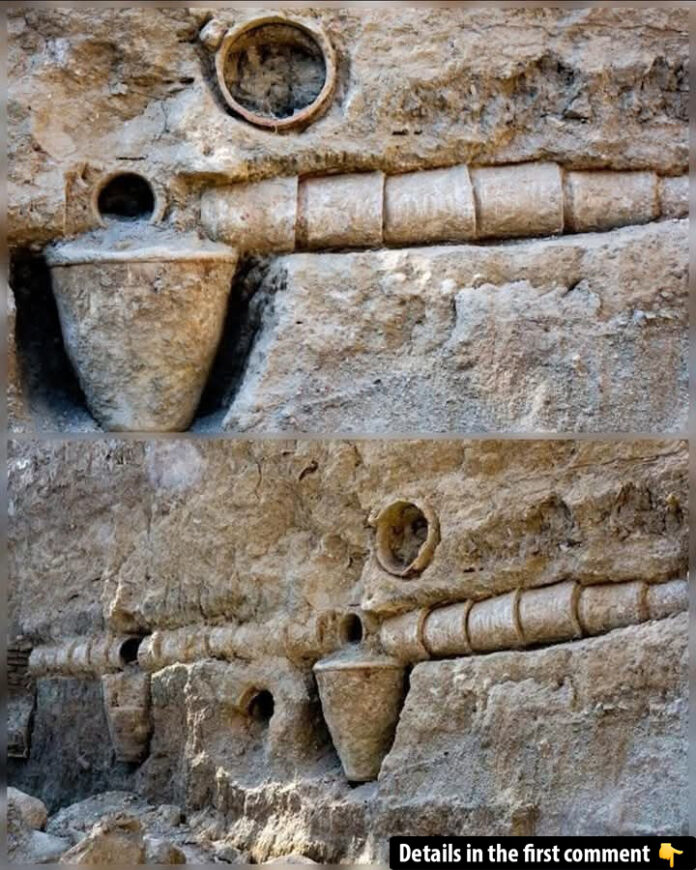An extraordinary discovery in Borujerd, Lorestan Province, has shed light on an ancient aqueduct system that highlights the ingenuity of historical water management practices. Unearthed during construction work, this system offers valuable insights into the sophisticated engineering of a bygone era, connecting it to a historic castle in the region. This article delves into the significance of the Borujerd aqueduct, exploring its design, historical context, and cultural relevance.
The Discovery of the Ancient Aqueduct System
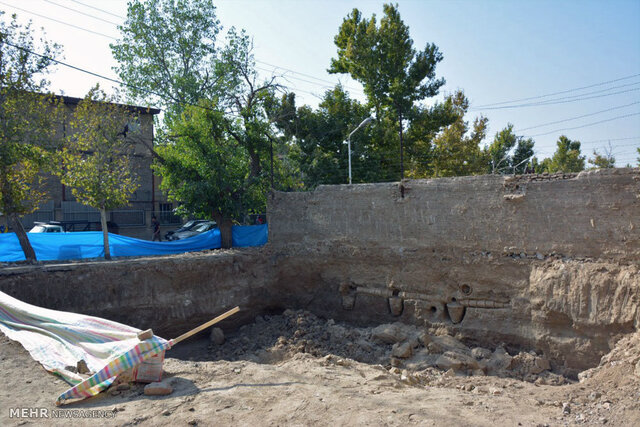
In September 2023, construction activities in Borujerd uncovered a complex water transfer system buried beneath the town. The system, part of a historic castle’s infrastructure, was designed for water distribution and purification. According to Hojjat Yar-Mohammadi, an official with Lorestan’s Cultural Heritage Organization, the aqueduct incorporated pottery crocks and clay pipes, demonstrating advanced water management techniques.
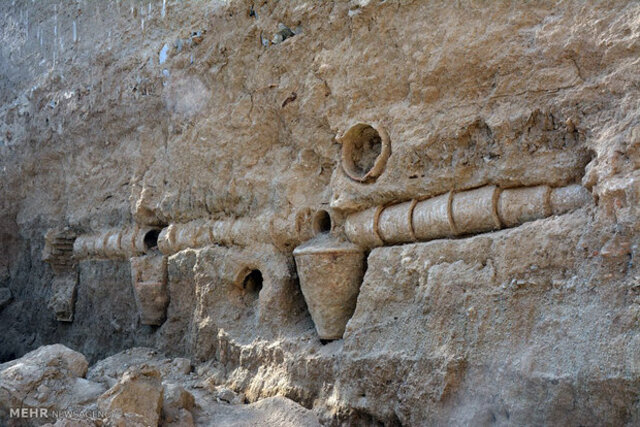
The discovery included well-preserved clay pipes, known as Tanpusheh in Farsi, which were used to transport water. Additionally, large pottery vessels found at the site were likely employed to remove sediment and purify water before distribution. This system reflects the ingenuity of ancient engineers in managing water resources efficiently and ensuring a reliable supply.
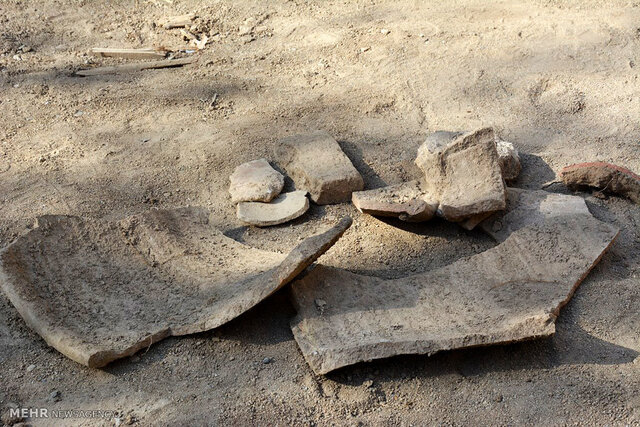
Video
Discover the impressive Roman water supply system in this Strip the City video – watch to see how the ancient Romans mastered engineering and revolutionized urban living!
Historical Context of the Aqueduct System
The aqueduct system’s connection to a historic castle underscores its importance in Borujerd’s urban and defensive planning. The town once boasted a dual-layer protection system, with 57 towers encircling the entire settlement. Within this fortified area stood a government castle, a sprawling complex resembling a garden and equipped with a meticulously designed water system.
The aqueduct played a crucial role in optimizing water use, particularly during times of siege or limited resources. The castle’s strategic location and advanced infrastructure highlight the significance of water management in sustaining both governance and daily life in Borujerd’s past.
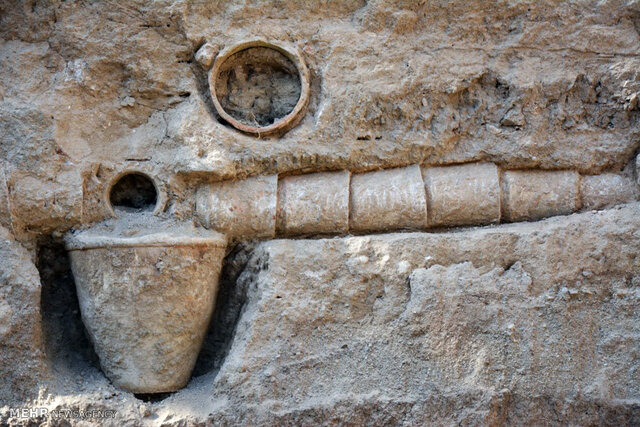
Engineering Ingenuity of the Borujerd Aqueduct
The Borujerd aqueduct exemplifies ancient engineering prowess. Its clay pipes and pottery vessels were not only durable but also strategically designed to prevent blockages and maintain water flow. The system included features for mud removal, ensuring the distribution of clean water. This highlights a forward-thinking approach to resource optimization and urban planning.
The aqueduct’s smart distribution mechanism demonstrates an understanding of hydraulic principles far ahead of its time. By channeling water through interconnected pipes and reservoirs, the system ensured efficient allocation to various parts of the castle and surrounding areas. This reflects a level of sophistication comparable to other ancient water systems, such as Roman aqueducts or Persian qanats.
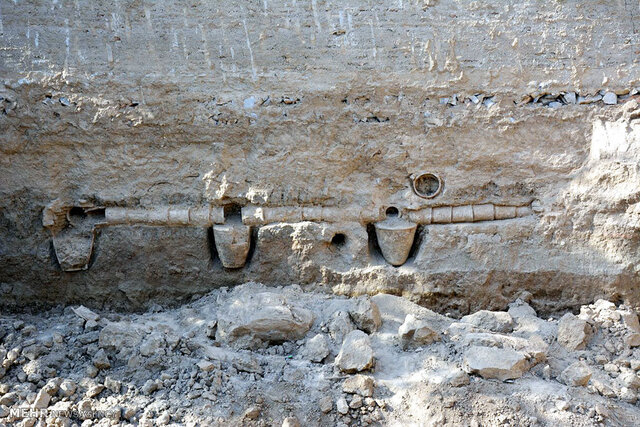
Cultural and Archaeological Implications
The discovery of the Borujerd aqueduct provides a window into the region’s historical and cultural significance. It underscores the importance of documenting and preserving ancient infrastructure to better understand past civilizations. However, challenges remain, particularly in dating the system. While its precise historical period is uncertain, ongoing studies aim to determine its origins and place within Borujerd’s timeline.
The aqueduct also highlights the advanced urban planning of the era, showcasing how water management was integral to the development of fortified settlements. Its discovery offers researchers an opportunity to explore the interplay between engineering, culture, and daily life in ancient Borujerd.
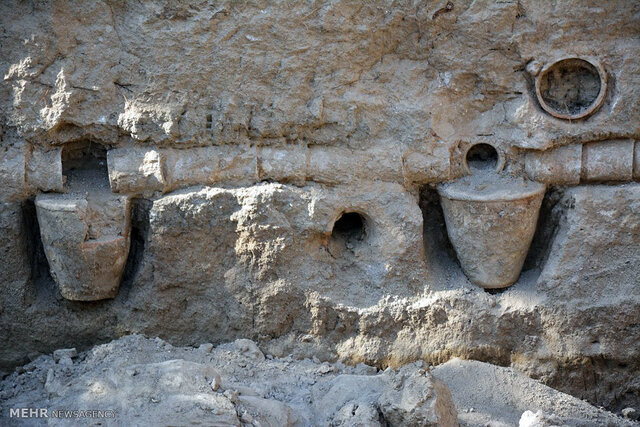
Future of the Borujerd Aqueduct System
Preservation efforts are now at the forefront of discussions about the Borujerd aqueduct. Authorities must decide whether to maintain the site in situ or relocate its artifacts to ensure protection. Both options present unique challenges and opportunities for conservation.
If preserved in its original location, the site could become a valuable tourist attraction, offering visitors a glimpse into Borujerd’s rich history. Educational programs and guided tours could further enhance public appreciation for ancient engineering and cultural heritage. Alternatively, relocating the artifacts to a museum would ensure their protection while allowing for detailed study and public display.
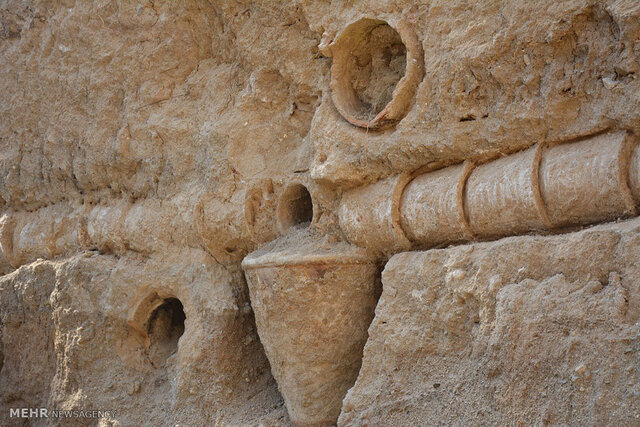
Conclusion
The discovery of Borujerd’s ancient aqueduct system is a testament to the ingenuity and resourcefulness of past civilizations. Its advanced design, cultural significance, and connection to a historic castle highlight the importance of water management in shaping urban and defensive strategies. As studies and preservation efforts continue, this remarkable find offers a deeper understanding of Borujerd’s history and its contributions to ancient engineering.
By preserving and sharing such discoveries, we honor the legacy of those who built these systems and inspire future generations to appreciate the complexities of our shared heritage. The Borujerd aqueduct stands as a reminder of humanity’s enduring relationship with water and its role in the development of civilizations.
See More Images of the Ancient Aqueduct System Below
